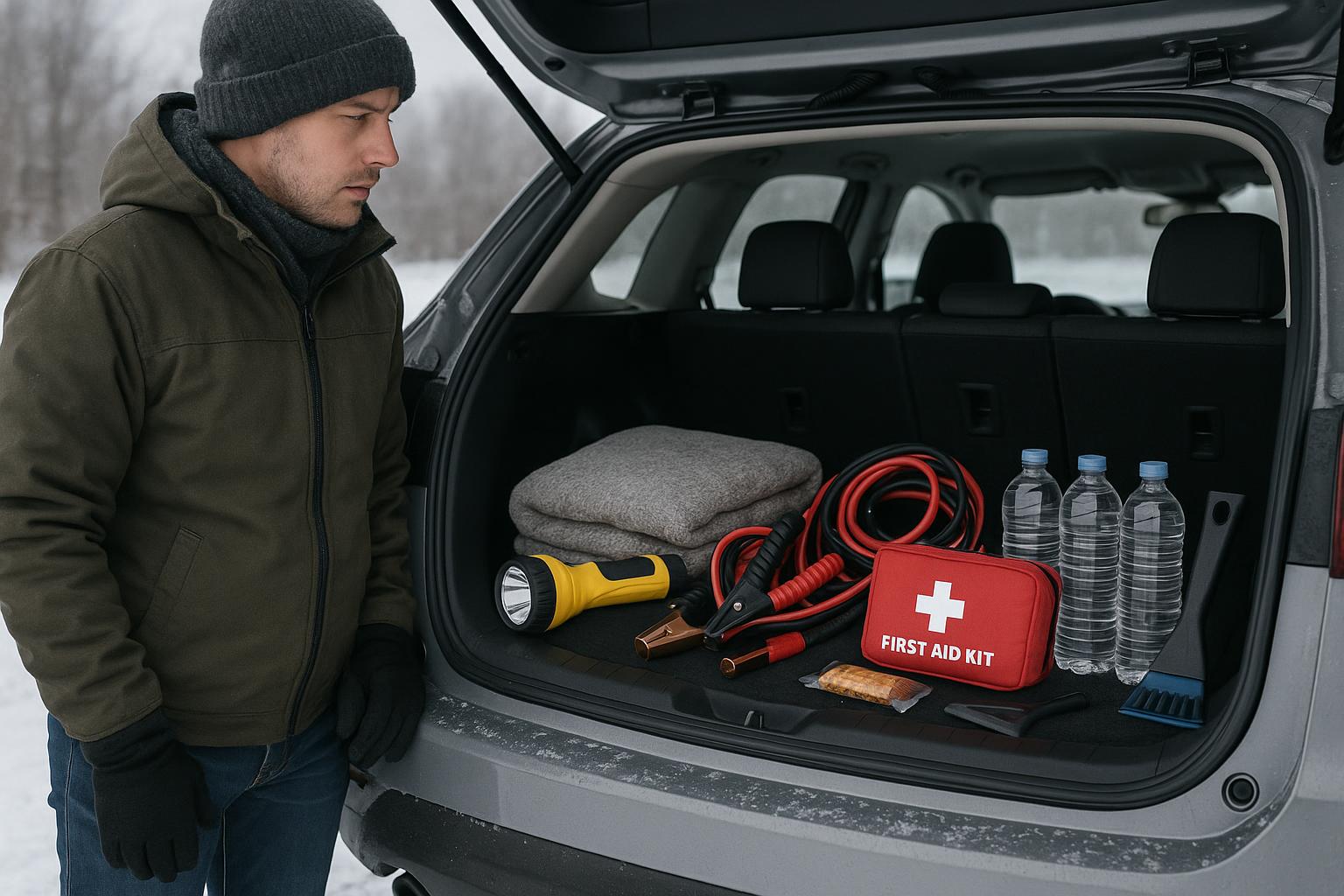Effective inspection protocols for machine guards are crucial for ensuring the optimal function and durability of guarding systems. Regular inspections help identify any deficiencies or damage that may compromise the effectiveness of machine guards, allowing for timely repairs or replacements. This article discusses the importance of inspection protocols for machine guards, outlines key elements of an effective inspection program, and provides strategies for ensuring their optimal function and durability.
Importance of Inspection Protocols for Machine Guards
Inspection protocols play a vital role in maintaining the effectiveness of machine guards and ensuring workplace safety. Here are key reasons why inspection protocols for machine guards are important:
- Identification of Deficiencies: Regular inspections allow for the identification of any deficiencies, damage, or wear that may compromise the integrity of machine guards. Identifying these issues early enables prompt repairs or replacements, minimizing the risk of accidents or injuries caused by ineffective guarding.
- Compliance with Regulatory Standards: Inspection protocols ensure compliance with regulatory standards, such as those set by OSHA. By conducting inspections and addressing any non-compliance issues, employers demonstrate their commitment to maintaining a safe working environment and fulfilling legal obligations.
- Prevention of Accidents: Effective inspections help prevent accidents by detecting and rectifying any guarding issues that could lead to injuries. By proactively addressing deficiencies, inspections contribute to a safer work environment and minimize the risk of accidents caused by faulty or inadequate machine guards.
- Optimal Function and Durability: Regular inspections and maintenance contribute to the optimal function and durability of machine guards. By ensuring that guards are in good condition, securely attached, and properly positioned, inspections help extend their lifespan and effectiveness, reducing the need for frequent replacements.
Elements of an Effective Inspection Program
An effective inspection program for machine guards should include the following elements:
- Scheduled Inspections: Establish a schedule for regular inspections based on the specific requirements of the machinery and equipment. Consider factors such as frequency of use, operating conditions, and manufacturer’s recommendations. Scheduled inspections ensure that machine guards are consistently assessed for their condition and functionality.
- Qualified Inspectors: Designate qualified personnel to conduct the inspections. Inspectors should have a good understanding of machine guarding principles, relevant safety standards, and the specific hazards associated with the machinery being inspected. Training and certification programs can help ensure the competence of the inspectors.
- Comprehensive Checklists: Develop comprehensive checklists or inspection forms that cover all relevant aspects of machine guarding. These checklists should include items such as guard integrity, attachment security, alignment, accessibility for maintenance, and compliance with regulatory standards. Ensure that the checklists are tailored to the specific machinery and equipment being inspected.
- Thorough Documentation: Document the findings of each inspection, including observations, deficiencies, and any corrective actions taken. Proper documentation serves as a record of compliance, aids in trend analysis, and provides a reference for future inspections and maintenance activities.
- Timely Corrective Actions: Address any deficiencies or issues identified during inspections promptly. Establish procedures for addressing and rectifying non-compliance, including repairs, replacements, or adjustments to machine guards. Ensure that there is clear communication and coordination between the inspection team, maintenance personnel, and relevant stakeholders.
Strategies for Ensuring Optimal Function and Durability
To ensure the optimal function and durability of machine guards, consider the following strategies:
- Regular Cleaning and Maintenance: Implement a regular cleaning and maintenance schedule for machine guards. Remove any debris, contaminants, or buildup that may compromise guard functionality. Lubricate moving parts, tighten fasteners, and perform any necessary adjustments to maintain optimal guard performance.
- Employee Training and Awareness: Train employees on the importance of machine guard inspections, their role in reporting deficiencies, and safe work practices related to guarding. Foster a culture of awareness and responsibility where employees understand the significance of well-maintained machine guards and actively participate in their care and maintenance.
- Supervision and Accountability: Establish supervision and accountability systems to ensure compliance with inspection protocols and maintenance activities. Supervisors should monitor inspections, verify corrective actions, and provide guidance to employees. Hold individuals accountable for their roles in maintaining and inspecting machine guards.
- Continuous Improvement: Continuously evaluate and improve the inspection program by analyzing inspection data, soliciting feedback from inspectors and employees, and incorporating lessons learned. Identify recurring deficiencies or patterns, and implement corrective actions and process improvements to enhance the effectiveness of the inspection program.
Effective inspection protocols for machine guards are essential for ensuring their optimal function and durability. By implementing scheduled inspections, designating qualified inspectors, using comprehensive checklists, documenting findings, and promptly addressing deficiencies, organizations can maintain compliance with regulatory standards, prevent accidents, and extend the lifespan of machine guards. Additionally, regular cleaning and maintenance, employee training, supervision, and continuous improvement contribute to the overall effectiveness of the inspection program. By prioritizing inspections and maintenance, employers create a safer working environment and protect employees from potential hazards associated with inadequate machine guarding.



